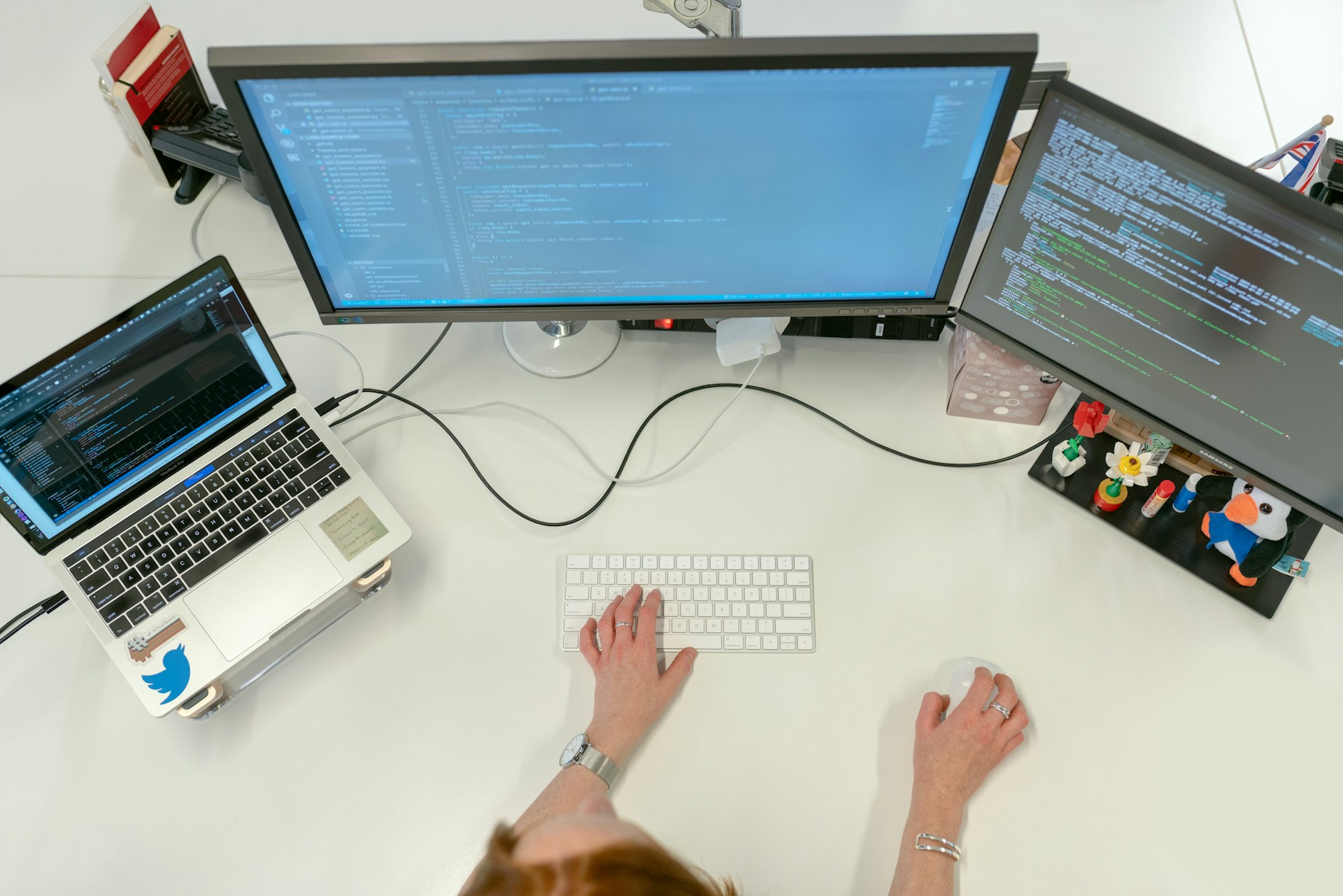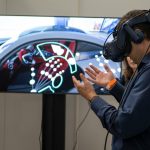Transforming your home into a smart fortress has never been easier. With Raspberry Pi and MotionEye, you can develop a comprehensive security system tailored to your needs. This guide offers essential configurations to ensure effective monitoring, real-time alerts, and valuable storage options. Whether you’re a tech enthusiast or a beginner, implementing these solutions will empower you to take control of your home’s safety effortlessly. Let’s explore how to get started on this exciting journey.
Overview of Raspberry Pi and Its Capabilities
The Raspberry Pi is a versatile, small-sized computer that has revolutionised the world of home automation and DIY security systems. It is compact, affordable, and highly adaptable, making it a favourite among tech enthusiasts and hobbyists. With its ability to run a variety of operating systems, the Raspberry Pi offers users the flexibility to execute a multitude of projects.
Also to read : Essential Tips for Maintaining Data Security When Transferring Files on Your Western Digital My Passport SSD
In the realm of home automation, Raspberry Pi can control smart devices, manage energy consumption, and even automate tasks such as lighting and temperature regulation. Its compatibility with various sensors and modules allows users to create customised solutions tailored to their specific needs. For instance, a Raspberry Pi can be programmed to send alerts when a door is opened or to adjust the thermostat based on occupancy.
When it comes to DIY security systems, Raspberry Pi plays a crucial role by offering a cost-effective and customisable platform. Users can set up surveillance cameras, motion detectors, and alarm systems, all integrated into a single, cohesive unit. The flexibility of the Raspberry Pi enables users to expand and modify their security setup as needed, ensuring a robust and adaptable system.
Additional reading : Easy Guide to Installing and Configuring Extra RAM in Your Lenovo ThinkStation P620: Step-by-Step Instructions
Introduction to MotionEye
MotionEye is a powerful video surveillance software that offers an open-source solution for those seeking to enhance their home security systems. Developed for versatility, MotionEye allows users to transform Raspberry Pi devices into sophisticated surveillance setups. Its intuitive interface and robust functionality make it an ideal choice for both beginners and experienced users.
What is MotionEye and Its Functionalities
MotionEye enables users to monitor their premises in real-time, record footage, and even receive alerts when motion is detected. The software supports multiple camera feeds, allowing comprehensive coverage of the area. Its compatibility with various camera types, including USB webcams and IP cameras, adds to its adaptability.
Benefits of Using MotionEye for Home Security
- Cost-Effective: Utilising existing hardware, such as Raspberry Pi, makes MotionEye an affordable option.
- Customisable: Users can tailor the system to meet specific security needs, whether it’s adjusting motion sensitivity or setting recording schedules.
- Remote Access: MotionEye supports remote viewing, enabling users to check their surveillance feeds from anywhere.
Comparison with Other Video Surveillance Solutions
While commercial video surveillance systems can be costly and inflexible, MotionEye stands out due to its open-source nature. This allows for continuous community-driven improvements and customisation, making it a preferred choice for DIY enthusiasts.
Step-by-Step Setup Instructions for MotionEye
Setting up MotionEye on a Raspberry Pi for a robust security system requires careful preparation and installation. This guide will walk you through the essential steps.
Preparing Your Raspberry Pi
Before starting, gather the required hardware: a Raspberry Pi, power supply, microSD card, and compatible cameras. Install the Raspberry Pi OS on the microSD card using a tool like Raspberry Pi Imager. Ensure the OS is up-to-date by running system updates.
Installing MotionEye
To install MotionEye, open the terminal and follow these steps:
- Update your system:
sudo apt-get update && sudo apt-get upgrade. - Install dependencies:
sudo apt-get install ffmpeg v4l-utils. - Download and install MotionEye:
“`bash
sudo apt-get install motion
sudo pip install motioneye
“`
Configure initial settings by creating a configuration directory:
sudo mkdir -p /etc/motioneye
Copy sample configuration:
sudo cp /usr/share/motioneye/extra/motioneye.conf.sample /etc/motioneye/motioneye.conf
Connecting Cameras
MotionEye supports various camera types, including USB webcams and IP cameras. To set up camera feeds, access the MotionEye web interface, usually at http://<Raspberry_Pi_IP>:8765. Add cameras by selecting the appropriate type and entering their details. Adjust settings to suit your security needs.
Essential Configurations for Optimal Performance
Achieving the best results with MotionEye involves fine-tuning several configurations to ensure smooth operation and high-quality surveillance. Understanding the key areas to adjust can significantly enhance your system’s performance.
Adjusting Camera Resolution and Frame Rates
Optimising camera settings is crucial for balancing image quality and system performance. Higher resolutions offer clearer images but require more processing power and storage. Adjust the frame rate to match your needs; a lower frame rate reduces bandwidth usage, while a higher one provides smoother video.
Configuring Motion Detection Settings
Fine-tune motion detection settings to minimise false alerts and ensure accurate monitoring. Adjust sensitivity levels and define specific zones within the camera’s view to focus on critical areas. This configuration helps in reducing unnecessary recordings and alerts, enhancing the reliability of your security setup.
Best Practices for Network Settings
For optimal performance optimization, ensure your network settings are configured correctly. Use a stable and high-speed internet connection to support multiple cameras and remote access. Set static IP addresses for your devices to maintain consistent connectivity and avoid disruptions. This approach ensures your MotionEye system operates efficiently, providing reliable and high-quality surveillance.
Troubleshooting Common Issues
When using MotionEye, encountering issues can be frustrating, but understanding common problems and their solutions can ease the process. Here, we discuss some frequent challenges and how to address them.
Identifying Common Installation Issues
One of the most prevalent problems during MotionEye troubleshooting is incorrect installation. Ensure that all dependencies are installed correctly. If you face errors, double-check the installation steps, especially the commands used for downloading and installing packages. In some cases, missing or outdated dependencies can cause failures. Updating your system and verifying each step can prevent such issues.
Solutions for Camera Connectivity Problems
Camera connectivity is another common issue. If your cameras are not displaying correctly, verify that they are compatible with MotionEye. Check the camera’s connection, whether USB or IP, and ensure that the correct settings are applied in the MotionEye interface. Sometimes, network settings may need adjustment, such as assigning static IP addresses to avoid connectivity disruptions.
How to Fix Motion Detection Failures
Motion detection failures can occur due to incorrect sensitivity settings or improper zone configuration. During tech support, adjusting the sensitivity levels and defining precise zones within the camera’s view can significantly improve detection accuracy. This ensures that your system captures relevant activity without overwhelming you with false alerts.
Real-World Applications of Raspberry Pi Home Security Systems
Raspberry Pi has become a cornerstone in DIY projects, particularly in the realm of home security systems. Its adaptability allows for a wide range of Raspberry Pi applications, making it a popular choice for tech enthusiasts.
Case Studies of Successful Raspberry Pi Security Setups
Numerous case studies highlight the effectiveness of Raspberry Pi in home security use cases. For example, a homeowner in suburban England utilised Raspberry Pi to integrate multiple security cameras and motion detectors, all controlled via a single interface. This setup not only provided comprehensive surveillance but also allowed remote access, ensuring peace of mind while away from home.
Unique Use Cases for Specific Environments
The versatility of Raspberry Pi extends to unique environments. In rural areas, where traditional security systems might be impractical, Raspberry Pi can be adapted to monitor livestock or secure perimeter fencing. Its ability to function with limited resources makes it an ideal solution for off-grid locations.
Community Projects and Contributions
The Raspberry Pi community is vibrant, constantly contributing to the evolution of DIY projects. Open-source platforms and forums provide a wealth of shared knowledge, enabling users to customise and enhance their security systems. This collaborative environment fosters innovation, allowing for tailored solutions that meet diverse security needs.
Frequently Asked Questions
Navigating the setup and use of MotionEye on a Raspberry Pi can raise several common questions. Here we address some of these to provide clarity and support.
What are the minimum requirements for MotionEye on Raspberry Pi?
To run MotionEye, you need a Raspberry Pi (preferably Model 3 or higher), a reliable power supply, and a microSD card with at least 8GB storage. Ensure your Raspberry Pi OS is updated to support the installation process.
How do I troubleshoot MotionEye connectivity issues?
If you experience connectivity problems, verify your network settings. Assign a static IP address to your Raspberry Pi to maintain stable connections. Check the compatibility of your cameras and ensure they are correctly configured within the MotionEye interface.
Where can I find resources for further assistance?
For additional support, explore the MotionEye GitHub page and Raspberry Pi forums. These platforms offer extensive user support and tutorials, helping you resolve issues and optimise your setup. Engaging with the community can provide valuable insights and solutions to enhance your DIY security system.






